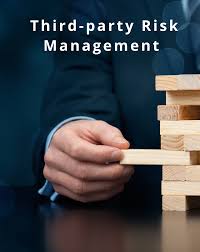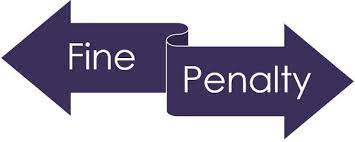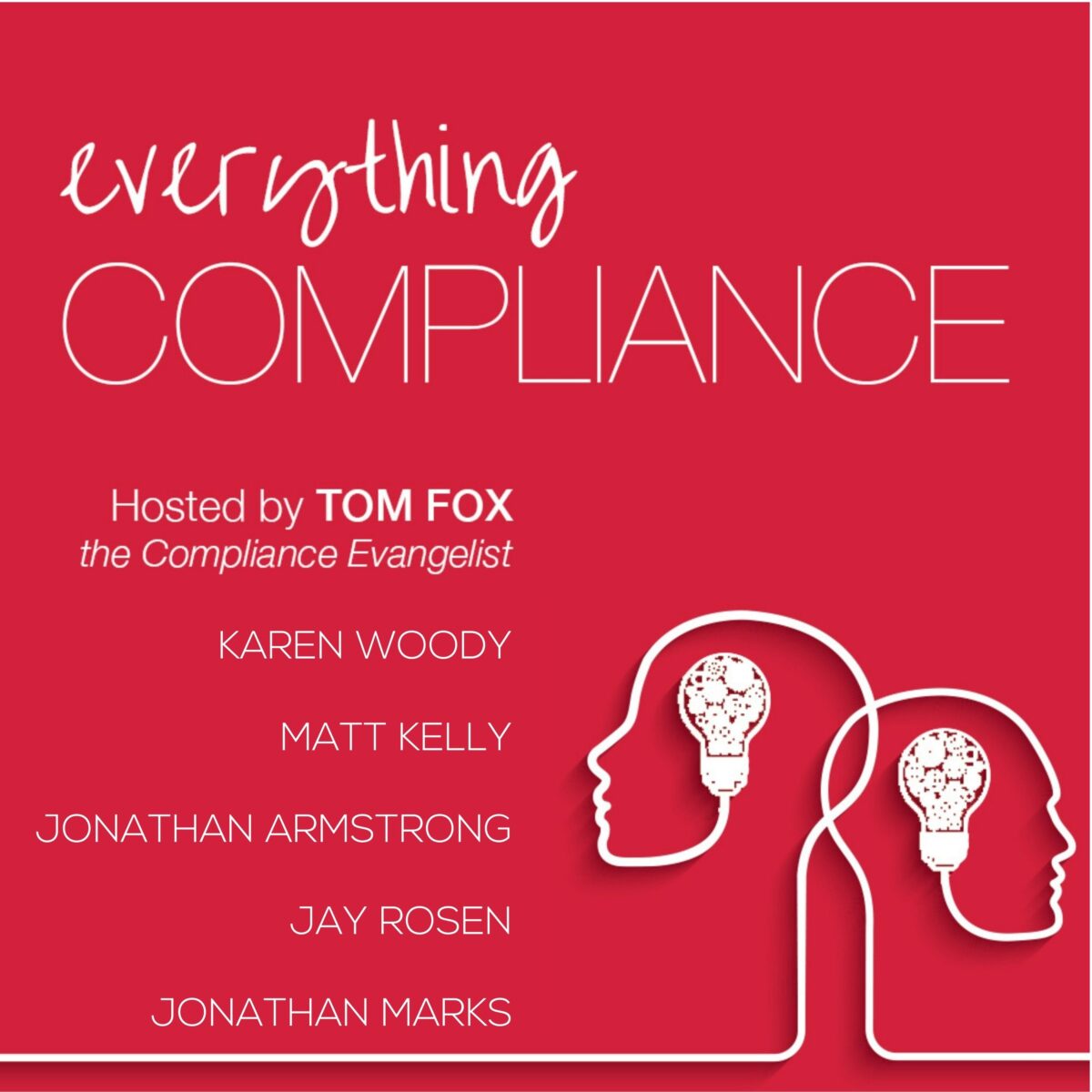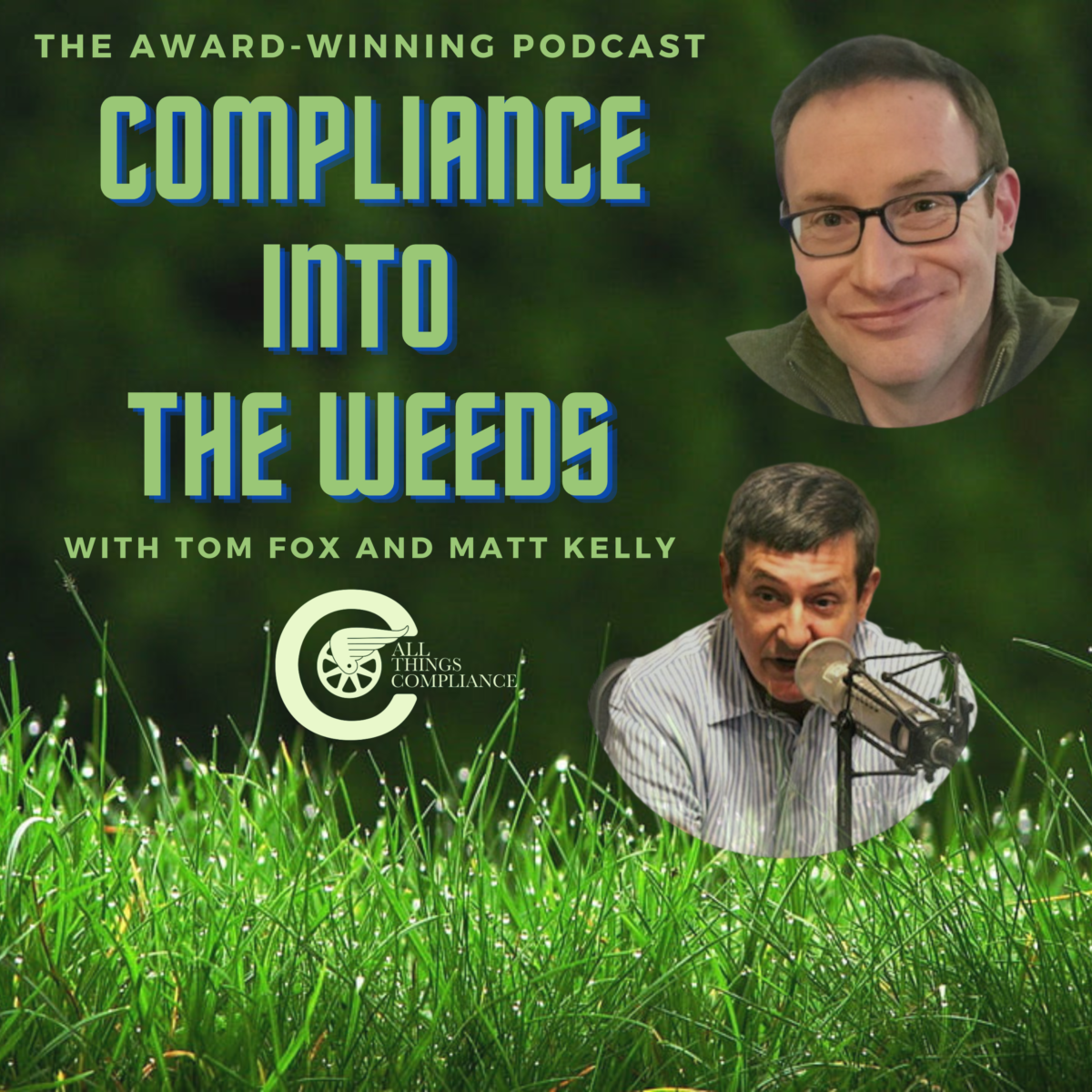We continue our exploration of the SAP Foreign Corrupt Practices Act (FCPA) enforcement action. Today we go full geek in a look at the fine and penalty and most importantly what the fine and penalty communicate about what the Department of Justice (DOJ) and Securities and Exchange Commission (SEC) want from companies embroiled in a FCPA investigation. First the numbers.
DOJ
According to the Deferred Prosecution Agreement, the criminal fine and penalty is in the amount of $63,590,859, equal to approximately 54% of the Criminal Penalty ($63,700,000), reduced by $109,141 under the Criminal Division’s Pilot Program Regarding Compensation Incentives and Clawbacks. Additionally, the DOJ agreed to a “credit toward the Criminal Penalty the amount paid by the Company to authorities in South Africa for violations of South African law related to the same conduct described in the Statement of Facts, up to a maximum of $55,100,000 (the “Penalty Credit Amount”).”
SEC
According to the SEC Order, “SAP acknowledges that the Commission is not imposing a civil penalty based upon the imposition of an $ 118.8 million criminal fine as part of SAP’s resolution with the United States Department of Justice.” However, SAP did agree to disgorgement in the following amount, $85,046,035 and prejudgment interest of $13,405,149, for a total payment of $98,451,184. SAP received a disgorgement offset of up to $59,455,779 based on the U.S. dollar value for any payments made or to be made to the Government of South Africa or a South African state-owned entity in any parallel proceeding against Respondent in South Africa.
The SEC Order also reported these additional fines and penalties.
- On March 15, 2022, SAP entered into a civil settlement with the South African Special Investigating Unit and others relating to the DWS conduct described above and paid ZAR 11 344.78 million ($21.4 million), which represented reimbursement of the entire amount SAP received from DWS under the 2015 and 2016 deals with DWS.
- On October 18, 2023, SAP entered into a settlement agreement with the South African Special Investigative Unit and others relating to the Transnet conduct described above, pursuant to which it paid ZAR 214.39 million (approximately $11.42 million based on the exchange rate on the date of payment).
- On November 1, 2023, SAP entered into a civil settlement with the South African Special Investigating Unit and others relating to the Eskom conduct described above, pursuant to which it paid ZAR 500 million (approximately $26.63 million based on the exchange rate on the date of payment).
The bottom line, as reported by the FCPA Blog is SAP agreed to pay a $118.8 million criminal penalty to the DOJ and an administrative forfeiture of $103.4 million to the SEC. SAP has also paid approximately $59.4 million to various South African authorities, for which they received a penalty credit of $55 million from the DOJ.
Fine Calculation
Let’s start with the DOJ. The basis comes from the US Sentencing Guidelines. From the DPA we note the following:
- The November 1, 2023 U.S.S.G. are applicable to this matter.
- Offense Level. Based upon U.S.S.G. § 2Cl.1, the total offense level is 42, calculated as follows:
- 2Cl.l(a)(2) Base Offense Level 12
- 2Cl.l(b)(l) More than One Bribe +2
- § 2Cl.l(b)(2), 2Bl.l(b)(l)(M) +24
Benefit (More than $ 65,000,000)
- 2C 1.1 (b )(3) Involvement of High-Level Public Official +4
TOTAL 42
- Base Fine Based upon U.S.S.G. § 8C2.4(d), the base fine is
$ I50,000,000.
- Culpability Score. Based upon U.S.S.G. § 8C2.5, the culpability score is
6, calculated as follows:
- 8C2.5(a) Base Culpability Score 5
- 8C2.5(b )(3)(B)(i) Unit had 200 or more employees + 3
and High-Level Personnel
- 8C2.5(g)(2) Cooperation, Acceptance -2
TOTAL 6
Calculation of Fine Range:
Base Fine $ I50,000,000
Multipliers 1.2 (min) / 2.4 (max)
Fine Range $180,000,000 to $360,000,000
The key area to noted is the highlighted line entitled “§ 8C2.5(g)(2) Cooperation, Acceptance”.
The reason this line is so critical is that it is the one area under the US Sentencing Guidelines that a company can receive a discount or at least credit for actions it has taken to reduce the multiplier and thereby reduce the overall fine range. In the Sentencing Guidelines it states,
(g) Self-Reporting, Cooperation, and Acceptance of Responsibility
If more than one applies, use the greatest:
8C2.5(g)(1) (1) If the organization (A) prior to an imminent threat of disclosure or government investigation; and (B) within a reasonably prompt time after becoming aware of the offense, reported the offense to appropriate governmental authorities, fully cooperated in the investigation, and clearly demonstrated recognition and affirmative acceptance of responsibility for its criminal conduct, subtract 5 points; or
8C2.5(g)(2) (2) If the organization fully cooperated in the investigation and clearly demonstrated recognition and affirmative acceptance of responsibility for its criminal conduct, subtract 2 points; or
8C2.5(g)(3) (3) If the organization clearly demonstrated recognition and affirmative acceptance of responsibility for its criminal conduct, subtract 1 point.
All this means a company if company self-discloses to the DOJ, it can receive a 5-point discount off the overall multiplier. SAP did not self-disclose so it lost this discount. If SAP had self-disclosed the multiplier range would have been something like 0.7 to 1.4, making the fine range $126 million to $252 million. From there the discount under the Sentencing Guidelines led the following “The Fraud Section and the Office and the Company agree, based on the application of the Sentencing Guidelines, that the appropriate criminal penalty is $118,800,000 (the “Criminal Penalty”). This reflects a 40% discount off the 10th percentile of the Sentencing Guidelines fine range.” By my estimation, this failure to self-disclose cost SAP an additional $20,000,000 under the Sentencing Guidelines alone.
But the analysis does not end there as the overall fine and penalty is also governed by the Corporate Enforcement Policy, under which a company can garner a full declination if the following criteria are met (1) self-disclosure, (2) extensive cooperation, (3) extensive remediation, and (4) profit disgorgement. Obviously, SAP failed to meet this burden as it did not self-disclose so a full Declination was never in the cards. But the company could and did receive credit under the Corporate Enforcement Policy with a monetary penalty in the amount of $63,590,859, equal to approximately 54% of the Criminal Penalty. There was a further reduction of the overall criminal fine, reduced by $109,141 under the DOJ’s Pilot Program Regarding Compensation Incentives and Clawbacks.
Moreover, under the Corporate Enforcement Policy, SAP’s failure to self-disclose cost it an opportunity of at least 50% and up to a 75% reduction off the low end of the U.S. Sentencing Guidelines fine range. Its actions as a criminal recidivist, resulted in it not receiving a reduction of at least 50% and up to 75% will generally not be from the low end of the U.S.S.G. fine range but rather at the 40% amount noted above. SAP’s failure to self-disclose cost it an estimated $20 million under the Sentencing Guidelines. It’s failure to self-disclose and recidivism cost it a potential $94.5 million in discounts under the Corporate Enforcement Policy.
While all these numbers might be enough to make your head swim (as it did mine); the significance and why I went through it in this detail is that the DOJ is clearly sending the message that self-disclosure is the single most important thing a company can do in any FCPA investigation or enforcement action. Kenneth Polite said that when announcing the updated Corporate Enforcement Policy in January 2023; it was enshrined the new Monitor Selection Policy as the number one reason for a company not having a monitor required. I heard Fraud Section head Glenn Leon say it as well at Compliance Week 2023 in a Fireside Chat with Billy Jacobsen.
The DOJ’s message could not be any clearer. Self-disclose; Self-disclose; Self-disclose.
Resources
SEC Order
DOJ DPA
Join us tomorrow where we conclude with lessons learned for the compliance professional.













